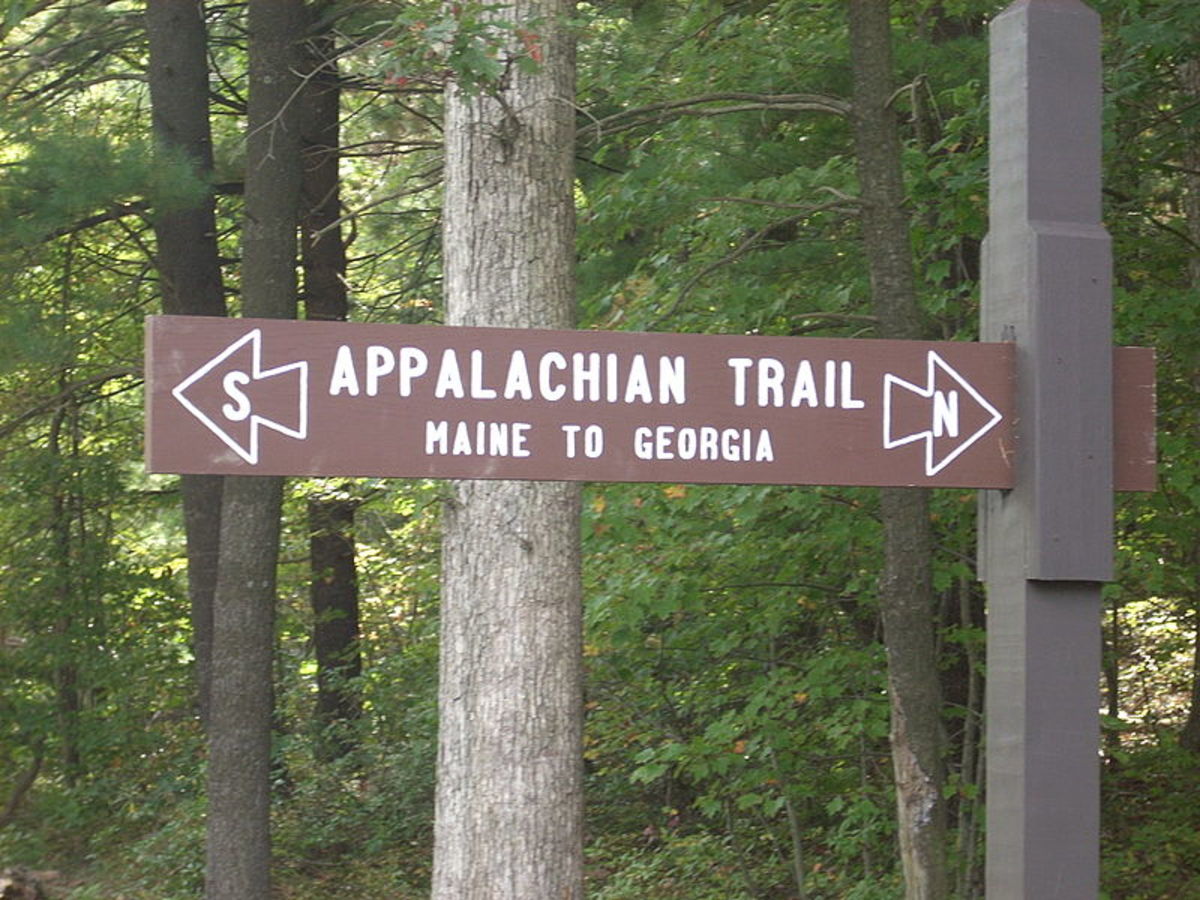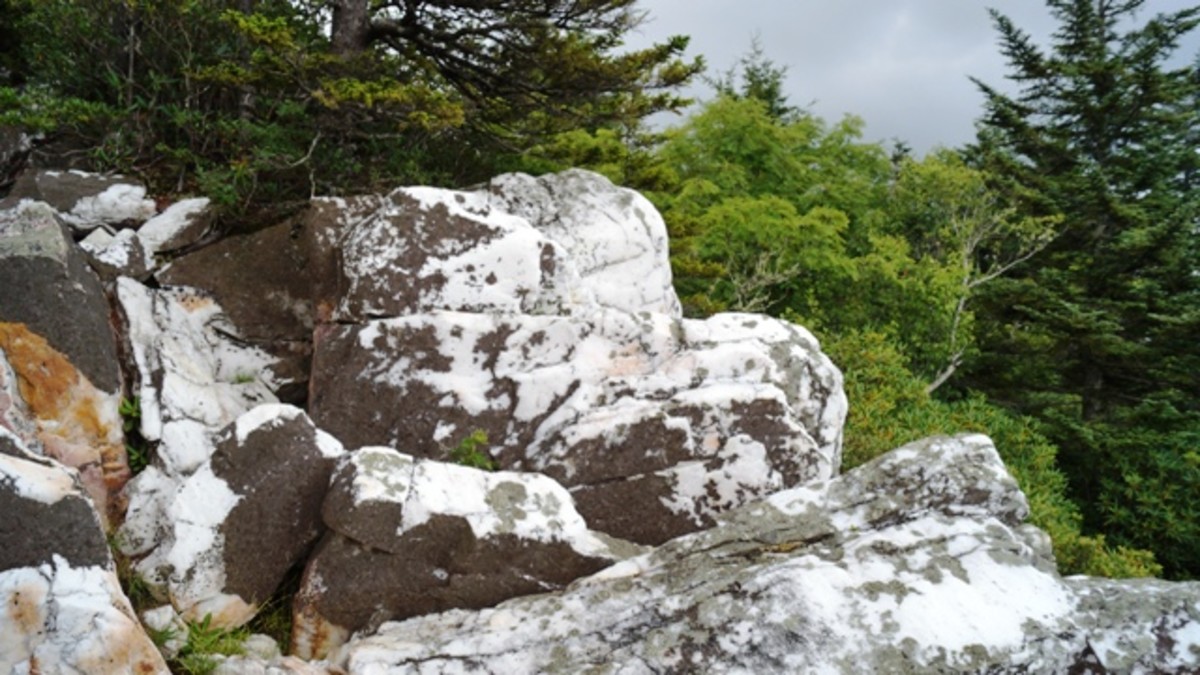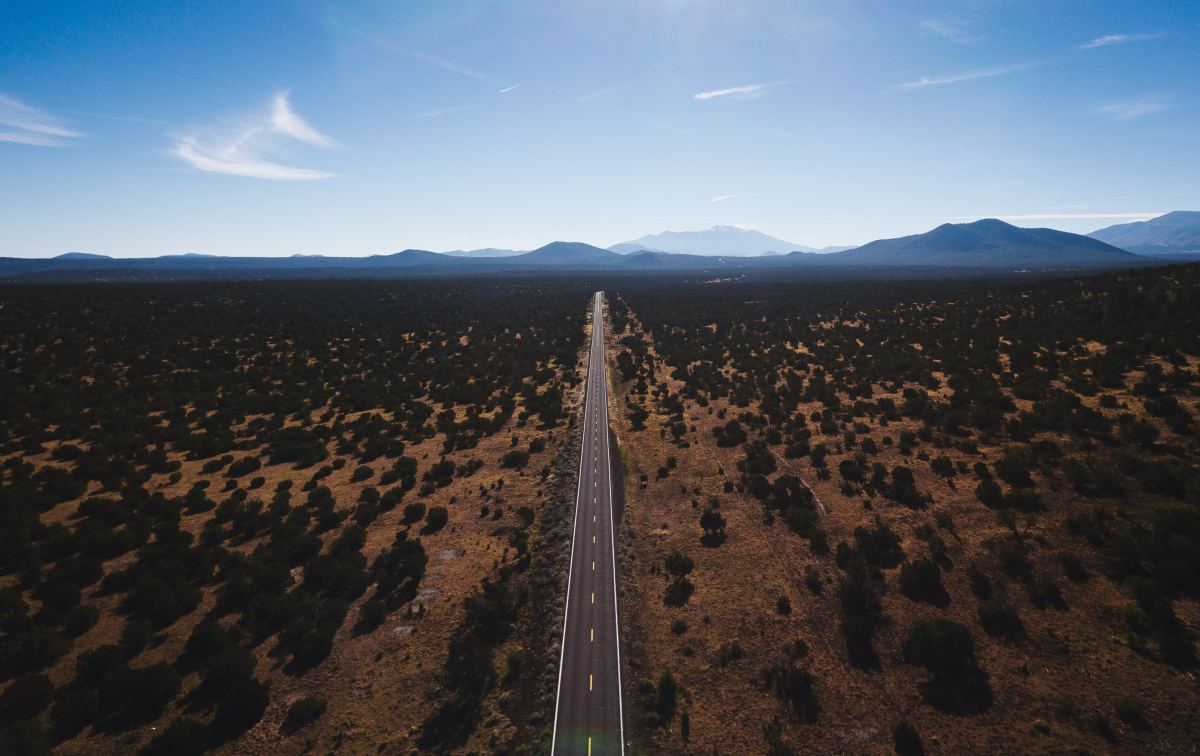Overcoming a Fear of Heights When Hiking
I have seen many people scared of heights on the trail. Heck, I have had rushes of adrenaline myself when tackling more exposed obstacles.
People respond differently to heights. Some seem to have been born in eagle nests, whereas others struggle on the easiest paths. The good news is you can overcome your fear of heights, regardless of its intensity.
Fear in itself is not bad. It makes your body prepared for danger. A bit of adrenaline helps you perform better.
The trouble begins if the fear physically paralyzes you, which could be dangerous for you and others on the trail.
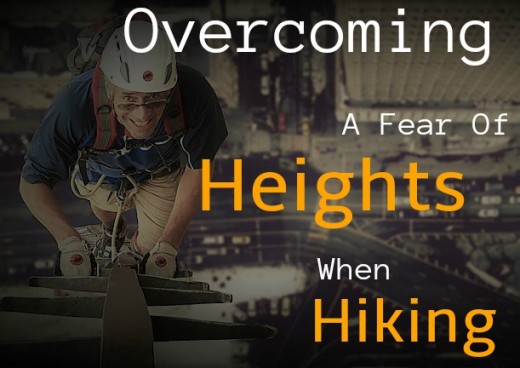
Increase Difficulties Gradually
Don’t attempt difficult trails without the necessary experience. First-time hikers should test their reaction to heights on easy paths.
Remember that even experienced hiking buddies may be helpless if you have a panic attack on an exposed trail. Going further up or back could become impossible. That’s why you shouldn’t give in to peer pressure to attempt difficult trails on your first hike.
Do your research before taking a hike. Read reviews and difficulty ratings for your chosen path.
For your first hike choose a trail that:
- Is family-friendly
- Has no technical difficulties
- Has no aids for tourists such as chains or ladders (which normally means increased difficulty)
- Is relatively short and has little to no exposure
If you watch YouTube videos as part of your research, remember that those shot with a GoPro camera often have a skewed angle. What seems daunting in the video can be a breeze in reality.
After that first hike, treat yourself to something more challenging. Reputable websites with trail descriptions normally have a rating system. If your first hike had one star, a second one should have two and so on.
Do in-depth research on every prospective trail, as the rating system alone gives you no information as to the type of difficulties you can encounter. Guidebooks, blogs, forums, YouTube are all good sources of information.
If you feel scared on a trail, do another route with the same level of difficulty before progressing to the next level.
Wear hiking boots with an anti-skidding sole on rocky and exposed trails, which will increase your safety and sense of security.
On the Trail
So you’ve done your research and you’re on the trail. So far so good – you haven’t had any problems. But you’ve just reached a narrow ledge hanging over a precipice.
How do you cross it safely?
- Look at the people ahead of you tackling the obstacle. Where are they putting their feet and hands? Are they stable or wobbly? If they are stable, emulate them. If wobbly, think of a better way of tackling the obstacle.
- Use the rule of three stable points. Each time one of your limbs is moving ahead, the other three should be firmly on the ground or holding on to the rock/hiking aids.
- Look on the ground to find the safest and most convenient places for your feet. They should be wide and dry, if possible.
- If you’re using a chain, make sure you stretch it. A loose chain is pointless.
- If there are hiking aids, the most stable posture will be usually achieved by holding on to the rock with one hand and on to the aids with the other. But sometimes you may prefer to hold on to the aids with both hands or consider the aids more of a nuisance than a help. Remember that they are there to help you and not make the hike more difficult.
Focusing on these points will not only help you tackle exposed obstacles safely but also take your mind off the fear. Breaking the obstacle down into small steps will make it manageable.
If you feel that you are not ready to tackle the obstacle, turn back. As Ed Viesturs, a famous Himalayan mountaineer, once said “Reaching the summit is optional. Getting down is mandatory.”
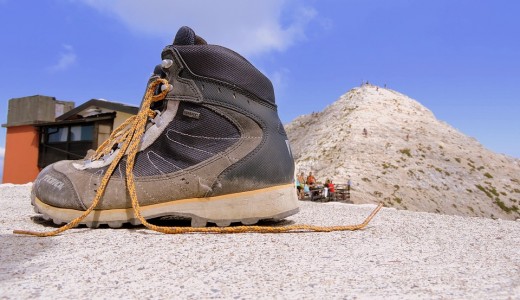
If You Have a Phobia
Most people on the trail have a rational fear of heights. A gradual increase in the level of difficulty and learning to tackle exposed obstacles safely may be all they need.
But things are more complicated with a phobia. Gradual exposure also helps, although you may need to take smaller steps.
Tackling a phobia requires a strategic approach. Make a multi-step recovery plan. The first step may be thinking about standing over a precipice. Then you can go on to standing on tables, bridges, and high buildings.
Learn relaxation techniques such as mindfulness or progressive muscle relaxation. In a nutshell, mindfulness is bringing your attention to the present moment in a non-judgemental way. Two basic techniques are meditation and mundane task focusing. The first one is focusing your attention on the breath and the second on sensory experiences during performing a daily chore.
Progressive muscle relaxation is a gradual tensing and relaxing of parts of your body to help you control anxiety. Here you can find a complete guide to progressive muscle relaxation.
Practising these techniques daily will help you resort to them in situations of height-induced anxiety.
If you feel unable to cope with your phobia on your own, ask your doctor for a referral to a mental health professional.




